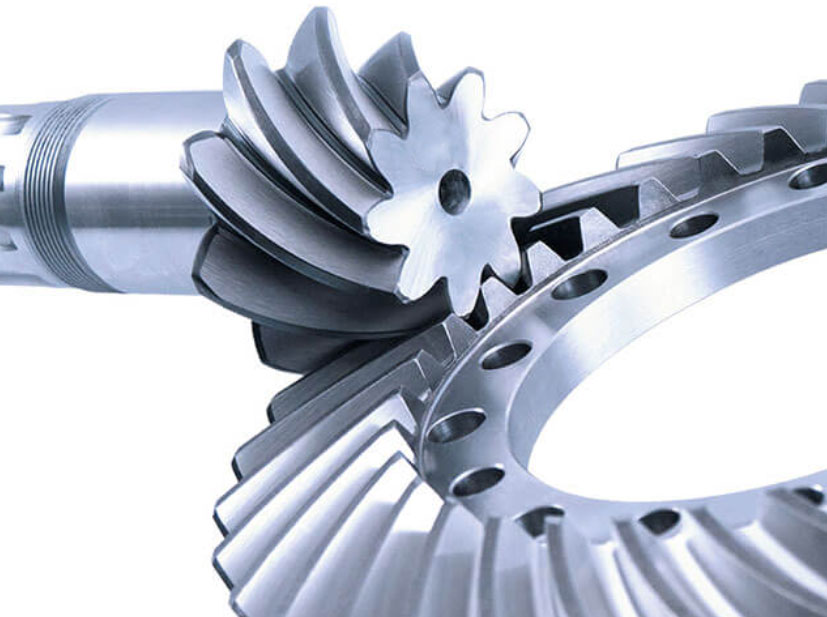
The evolution of spiral bevel gears can be traced through significant milestones in their design, manufacturing techniques, and applications. From the conceptualization of helical gears to their realization and widespread use in modern engineering, spiral bevel gears have undergone several developments to become the advanced components they are today. Let’s explore the key stages in the evolution of spiral bevel gears:
1. The Concept of Helical Gears:
The concept of helical gears, including spiral bevel gears, dates back centuries. Early developments in gear technology included the use of helical gears in various applications. However, it was not until the 19th and 20th centuries that spiral bevel gears as we know them today began to take shape.
2. Improved Gear Manufacturing Techniques:
The evolution of gear manufacturing techniques played a crucial role in the development of spiral bevel gears. Advanced machining processes, such as gear hobbing and gear grinding, allowed for precise and consistent gear tooth profiles, enabling the mass production of spiral bevel gears.
3. Advancements in Gear Design:
With the availability of more sophisticated gear design tools and computer-aided design (CAD) software, engineers gained the ability to optimize the tooth geometry and helix angles of spiral bevel gears. This optimization allowed for enhanced gear performance, reduced noise, and improved load distribution.
4. Aerospace and Automotive Applications:
The aerospace and automotive industries were among the early adopters of spiral bevel gears. These industries recognized the benefits of spiral bevel gears, such as high efficiency, smooth operation, and reliability, leading to their use in aircraft transmissions, automotive differentials, and other critical applications.
5. Precision Gear Manufacturing:
Advancements in precision gear manufacturing techniques, such as CNC machining and gear grinding, enabled the production of high-quality spiral bevel gears with tight tolerances and improved tooth profiles. This precision manufacturing contributed to the gears’ smoother operation and increased load-carrying capacity.
6. Customization for Specific Applications:
Engineers started customizing spiral bevel gears for specific applications, tailoring gear designs to meet the unique requirements of various industries. This allowed for optimized gear performance and further expanded the scope of their applications.
7. Innovations in Gearbox Design:
Spiral bevel gears played a significant role in innovations in gearbox design, allowing for more compact and efficient gearboxes in a wide range of machinery and industrial systems.
8. Integration in Advanced Technologies:
As technology continued to evolve, spiral bevel gears found integration in cutting-edge applications, such as robotics, 3D printing, renewable energy systems, and medical devices. Their ability to deliver precise motion control and reliable power transmission made them essential components in these advanced technologies.
9. Continuous Research and Development:
The evolution of spiral bevel gears is an ongoing process. Continuous research and development in gear materials, design optimization, and manufacturing techniques further improve their performance, efficiency, and durability.
Spiral bevel gears are widely used in various industries and applications, ranging from aerospace and automotive to robotics, renewable energy, and beyond. Their evolution from a concept to a reality has paved the way for more efficient and advanced mechanical systems, contributing to the progress of modern engineering.
